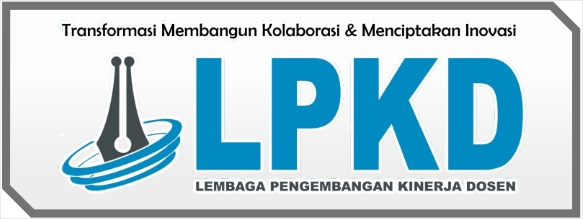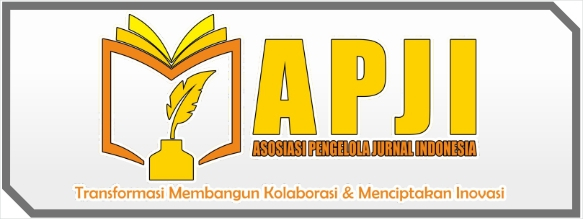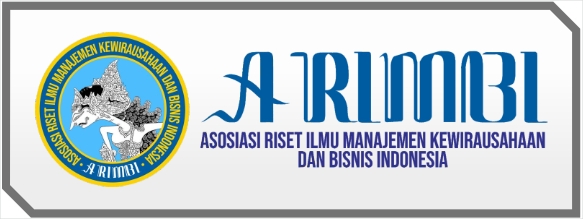Implementasi PSAK 10 dalam Menyusun Laporan Keuangan (Transaksi Mata Uang Asing)
DOI:
https://doi.org/10.59581/jmki-widyakarya.v2i1.2190Keywords:
Foreign Currency, PSAK no. 10Abstract
Accounting for foreign currency transactions is an important aspect in the scope of corporate finance, especially in the context of business globalization. PSAK 10 (Statement of Financial Accounting Standards) regulates this aspect and provides guidelines on how companies should account for transactions in foreign currencies as well as related financial reporting. This research explores the implementation of PSAK 10 in preparing financial reports, with a focus on foreign currency transactions. In PSAK 10, companies are directed to use the foreign currency exchange rate on the transaction date to measure transactions in foreign currency. In addition, significant changes in foreign currency exchange rates after the transaction date are also taken into account and recognized as exchange gain or loss. A deep understanding of the application of these provisions is crucial so that financial reports accurately reflect the company's financial position. Through literature research and analysis of accounting practices, this article investigates how companies effectively manage foreign currency risks and present relevant and reliable information in their financial reports. A comparison between the methods used by companies in implementing PSAK 10 and best practices in the industry is explained to provide a comprehensive picture. It is hoped that the results of this research will provide in-depth insight into the challenges, opportunities and best policies in dealing with foreign currency transactions based on PSAK 10. The practical implications of compliance with this standard, as well as the potential impact on corporate financial decisions, will also be reviewed. With a better understanding of foreign currency transaction accounting, companies are expected to improve the quality and credibility of their financial reports in an ever-expanding global market.
References
Asyik, A. D. (2021). Penerapan PSAK No.10 Atas Selisih Kurs dan Transaksi Mata Uang Asing serta Pengaruhnya pada Laporan Keuangan. Jurnal Ilmu dan Riset Akuntansi.
Binus University: School of Accounting. (2022, Maret 11). Memahami PSAK 10 tentang Mata Uang Fungsional. Retrieved from accounting.binus.ac.id: https://accounting.binus.ac.id/2022/04/11/memahami-psak-10-tentang-mata-uang-fungsional/
Ikatan Akuntan Indonesia (IAI). (2023). PSAK 10 Pengaruh Perubahan Kurs Valuta Asing. Retrieved from iaiglobal.or.id.
Yanthi, D. A. (2017). Dampak Penerapan PSAK 10 (Revisi 2010) Mengenai Pengaruh Perubahan Kurs Valuta Asing terhadap Daya Informatif Laba. Jurnal Akuntansi dan Keuangan Indonesia.













